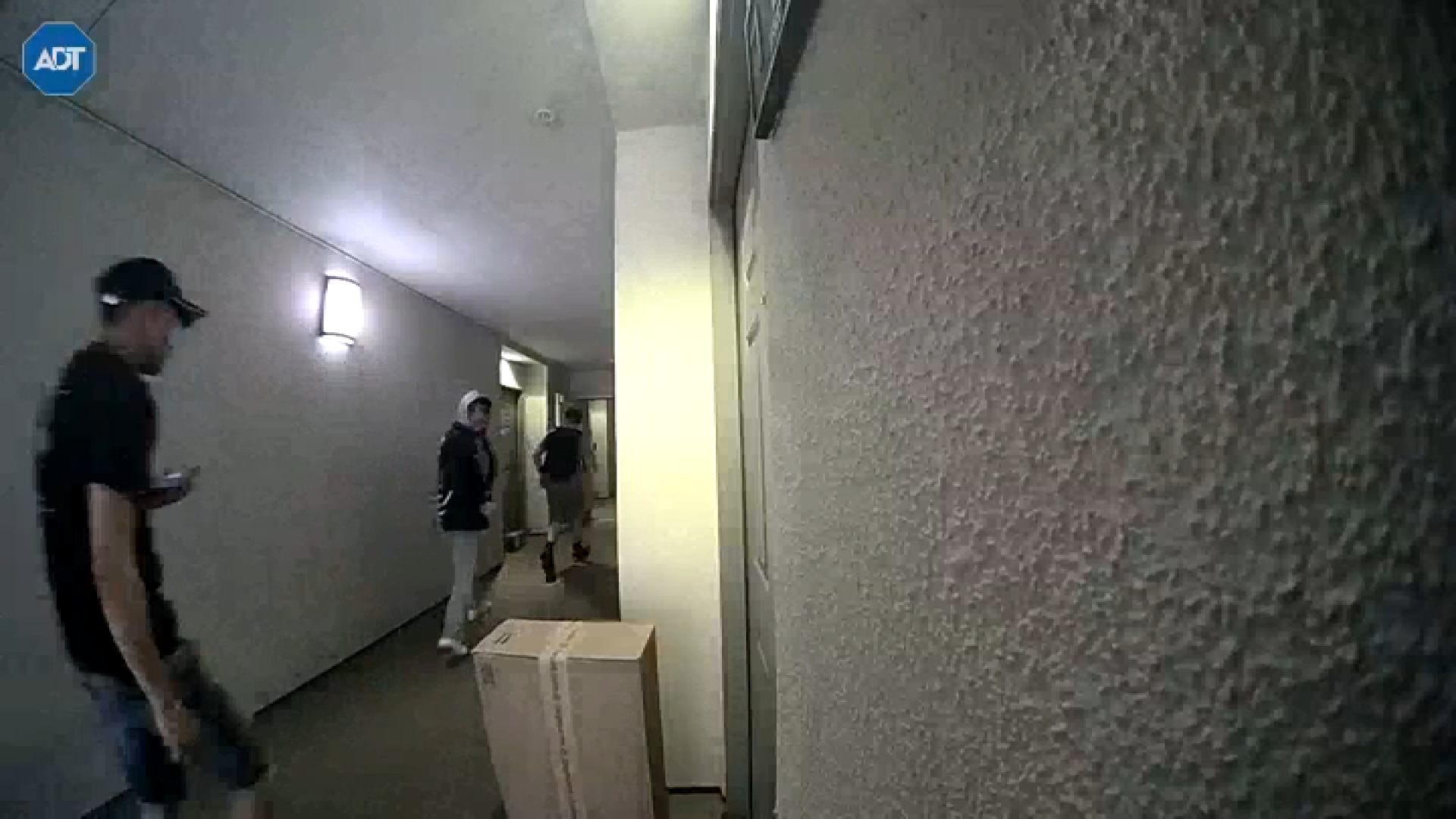The Los Angeles Cultural Heritage Commission Thursday will consider recommending historic-cultural monument status to the downtown Times Mirror Square complex in a move that could alter a developer's plans to demolish a 1970s addition.
The complex was vacated by Los Angeles Times staff over the summer as it moved newspaper operations to El Segundo.
The Times had been located at the complex since 1935, although the paper had been renting its space there since 2016 when its former owner, Tribune Media Co., sold it to Canadian developer Omni Group.
Omni's development plan would preserve the older buildings but bulldoze the 1970s addition.
The developers cannot tear down any buildings while the complex's application for monument status is being considered, and a monument recommendation from the commission would have to be approved by a vote of the City Council.
The commission also has the power to delay the demolition of a designated property for up to one year while other preservation options are considered.
The Times Mirror application was submitted by a preservationist organization called Esotouric.
The complex consists of five buildings constructed between 1935 and 1973, according to a report by the Department of City Planning:
- The 1935 eight-story Los Angeles Times Building designed in the art deco/moderne architectural style by Los Angeles architect Gordon B. Kaufmann
- The four-story Plant Building completed in 1935 that is an original two-story art deco/moderne-style building by Kaufmann, with two one-story additions designed by Los Angeles architect Rowland H. Crawford in 1946 and 1955
- The 12-story Mirror Building designed in the late modee by Crawford in 1948
- The six-story Times-Mirror Headquarters Building and six-storyparking structure designed by architect William L. Pereira in the corporateinternational architectural style in 1973.
The commission voted in July to consider the application. With Omni already having pledged to preserve much of the complex except for the 1970saddition, many of the public speakers at the meeting focused their comments on it, with fans of the addition outnumbering its critics.
News
Top news of the day
Leo Wolinsky, a former managing editor for The Times, gave a detailed history of the Chandler family, who owned and ran the paper for seven decades until the family-controlled Times Mirror Co. was sold to Tribune in 2000.
"Each of the buildings in Times Mirror Square reflects a different chapter in that history. Today they are all that remain to tell this powerful story of how Los Angeles came to be, and the family that put their unmistakable stamp on the region," Wolinsky said.
Josh Albrektson, an activist who has spoken out against preserving the 1970s addition on the Facebook page DTLA Development, argued it was not worthy of monument status.
"This Pereira building would have never been allowed to have been built today. It absolutely destroys the look of the 1935 art deco L.A. Times building that everybody loves," Albrektson said.Dr. Patrick Soon-Shiong, a biotech billionaire who has dedicated most of his fortune to fighting cancer, in June finalized his $500 million-plus purchase of the Los Angeles Times, the San Diego Union-Tribune and some community newspapers.
The Los Angeles Department of City Planning has recommended preserving the entire complex for both architectural and historical reasons.
In a report, department staff said the complex is associated with the lives of historic personages important to national, state, city, or local history, including for its direct association with the prominent Chandler family, in particular Harry Chandler, Norman Chandler, Dorothy Buffum Chandler, and Otis Chandler, each of whom the report said played a significant role in the evolution of the Los Angeles Times from a local publication to a newspaper of national stature, and were influential in real estate development in Los Angeles.
The report also said the complex is as an excellent example of the Art Deco/Moderne and Late Moderne architectural styles, and is a significant work of master architects Gordon Kaufmann and Rowland Crawford.



